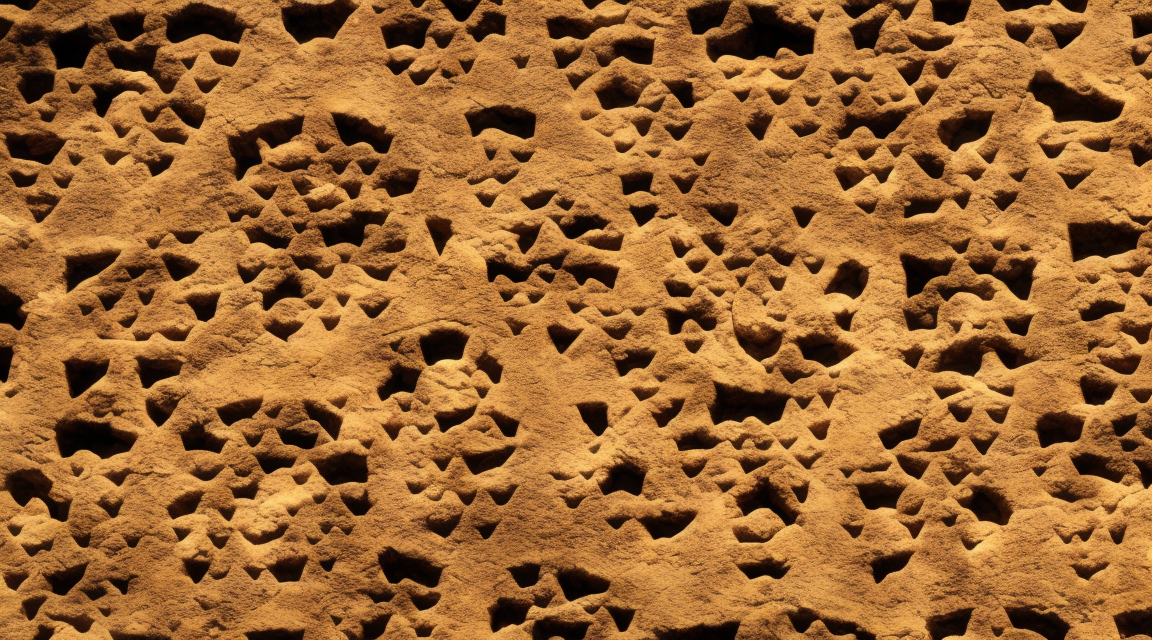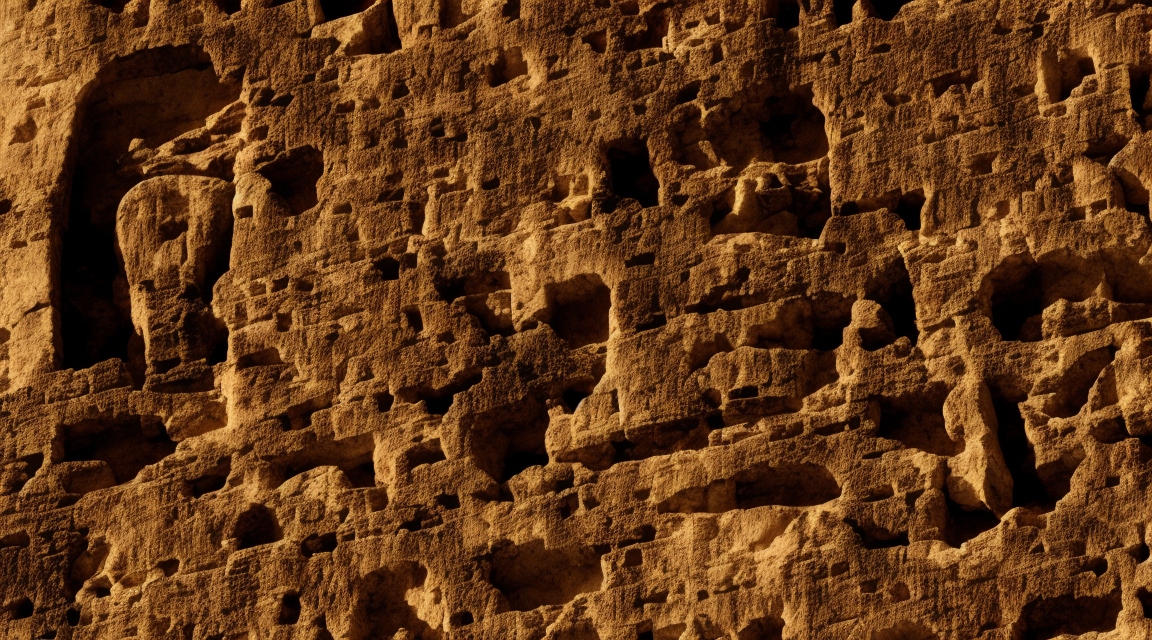Archaeology, the study of human history through the excavation and analysis of artifacts and structures, has provided us with valuable insights into ancient civilizations. Through archaeological discoveries, we are able to piece together the puzzle of the past and gain a deeper understanding of our roots. In this article, we will delve into the significance of archaeological discoveries, the methods used in excavations, the ancient civilizations and their archaeological sites, the role of artifacts in understanding the past, and the impact of technology on archaeological research.
The Significance of Archaeological Discoveries

Archaeological discoveries play a pivotal role in unraveling the mysteries of our past. They provide a tangible connection to ancient civilizations and shed light on their culture, customs, and way of life. These discoveries serve as a bridge between the past and the present, allowing us to trace the evolution of human societies and understand the forces that shaped our world.
By uncovering ancient artifacts, structures, and even human remains, archaeologists are able to reconstruct historical events and gain new perspectives on the past. Each discovery adds another layer to our understanding of human civilization, filling in the gaps in our knowledge and challenging existing theories.
Methods Used in Archaeological Excavations

Archaeological excavations are a meticulous process that requires precision and expertise. Archaeologists employ various methods and techniques to ensure that artifacts and structures are carefully unearthed and preserved. Some of the commonly used methods include:
- Surveying: Before excavation begins, archaeologists conduct surveys to identify potential sites of interest. This involves analyzing aerial photographs, satellite imagery, and historical records to determine the most promising areas for excavation.
- Excavation: The actual excavation process involves carefully digging and removing layers of soil or sediment to reveal artifacts and structures. The excavation is done in a systematic manner, with each layer or stratum being meticulously documented and analyzed.
- Documentation: Archaeologists carefully document each find, noting its location, context, and relationship to other artifacts or features. This documentation is crucial in understanding the significance and interpretation of the discoveries.
- Dating Techniques: To establish the age of artifacts and structures, archaeologists employ various dating techniques. These include radiocarbon dating, thermoluminescence dating, and dendrochronology, among others.
With these methods, archaeologists are able to uncover and interpret the remnants of ancient civilizations and gain valuable insights into their lives and achievements.
Ancient Civilizations and their Archaeological Sites

Archaeological sites are dispersed across the globe, representing the rich tapestry of human history. Let’s explore some of the notable ancient civilizations and their archaeological sites:
- Egyptian Civilization: The pyramids of Giza, the Sphinx, and the Valley of the Kings are iconic archaeological sites that give us a glimpse into the grandeur of ancient Egypt. These magnificent structures were built as tombs for pharaohs and are a testament to the advanced architectural and engineering skills of the Egyptians.
- Mayan Civilization: The ruins of Tikal, Chichen Itza, and Palenque are among the most important archaeological sites of the Mayan civilization. These sites reveal the Mayans’ remarkable achievements in architecture, astronomy, and mathematics.
- Greek Civilization: The Acropolis in Athens, the city of Delphi, and the palace of Knossos in Crete are just a few examples of the archaeological wonders left by the ancient Greeks. These sites provide insights into the birth of democracy, the development of philosophy and the arts, and the influence of Greek mythology.
- Inca Civilization: The ancient city of Machu Picchu in Peru is a prime example of Inca archaeology. Perched high in the Andes mountains, the city is a testament to the Incas’ exceptional engineering skills and their harmonious integration with the natural landscape.
These archaeological sites, among many others, provide a window into the lives of ancient civilizations and allow us to appreciate their achievements and contributions to human history.
Artifacts as Keys to Understanding the Past

Artifacts are a central component of archaeological discoveries. These objects, ranging from tools and pottery to weapons and jewelry, provide valuable insights into the daily lives, beliefs, and artistic expressions of ancient civilizations. By studying artifacts, we can glean information about trade routes, religious practices, social structures, and technological advancements.
For example, ancient pottery can provide clues about the cooking techniques and dietary habits of a particular society. Tools and weapons can reveal the level of technological sophistication and the means of subsistence of a civilization. Each artifact is like a puzzle piece that, when examined carefully, contributes to our understanding of the past.
The Role of Technology in Archaeological Research

Technology has revolutionized archaeological research, allowing for greater precision, accuracy, and efficiency in the excavation and analysis of artifacts. Here are some ways in which technology has made its mark in archaeological research:
- Remote Sensing Tools: Aerial surveys using drones and satellite imagery have become invaluable tools in identifying potential archaeological sites. These technologies allow archaeologists to survey vast areas quickly and identify anomalies or features that may indicate the presence of buried artifacts or structures.
- 3D Imaging and Virtual Reality: Technologies like laser scanning and photogrammetry enable the creation of highly detailed 3D models of archaeological sites and artifacts. This not only aids in preservation efforts but also allows researchers to study and analyze the artifacts without physical contact.
- DNA Analysis: Advances in DNA analysis have opened up new possibilities for understanding ancient populations. By analyzing ancient DNA, scientists can track the movement of ancient populations, trace their ancestry, and shed light on genetic traits and diseases.
- Isotopic Analysis: Isotope analysis provides information about an individual’s diet, mobility, and even cause of death. By analyzing isotopic ratios in human remains and artifacts, researchers can gain insights into ancient migration patterns, cultural practices, and health conditions.
The integration of these technological advancements into archaeological research has expanded our understanding of the past and provided a more comprehensive view of ancient civilizations.
In conclusion, archaeological discoveries are essential in unraveling the mysteries of our past. By employing various methods of excavation, archaeologists unearth artifacts and structures that provide a tangible link to ancient civilizations. These discoveries shed light on the culture, customs, and achievements of our ancestors. With the aid of technology, archaeological research continues to push the boundaries of our knowledge, bringing us closer to uncovering the rich tapestry of human history.
